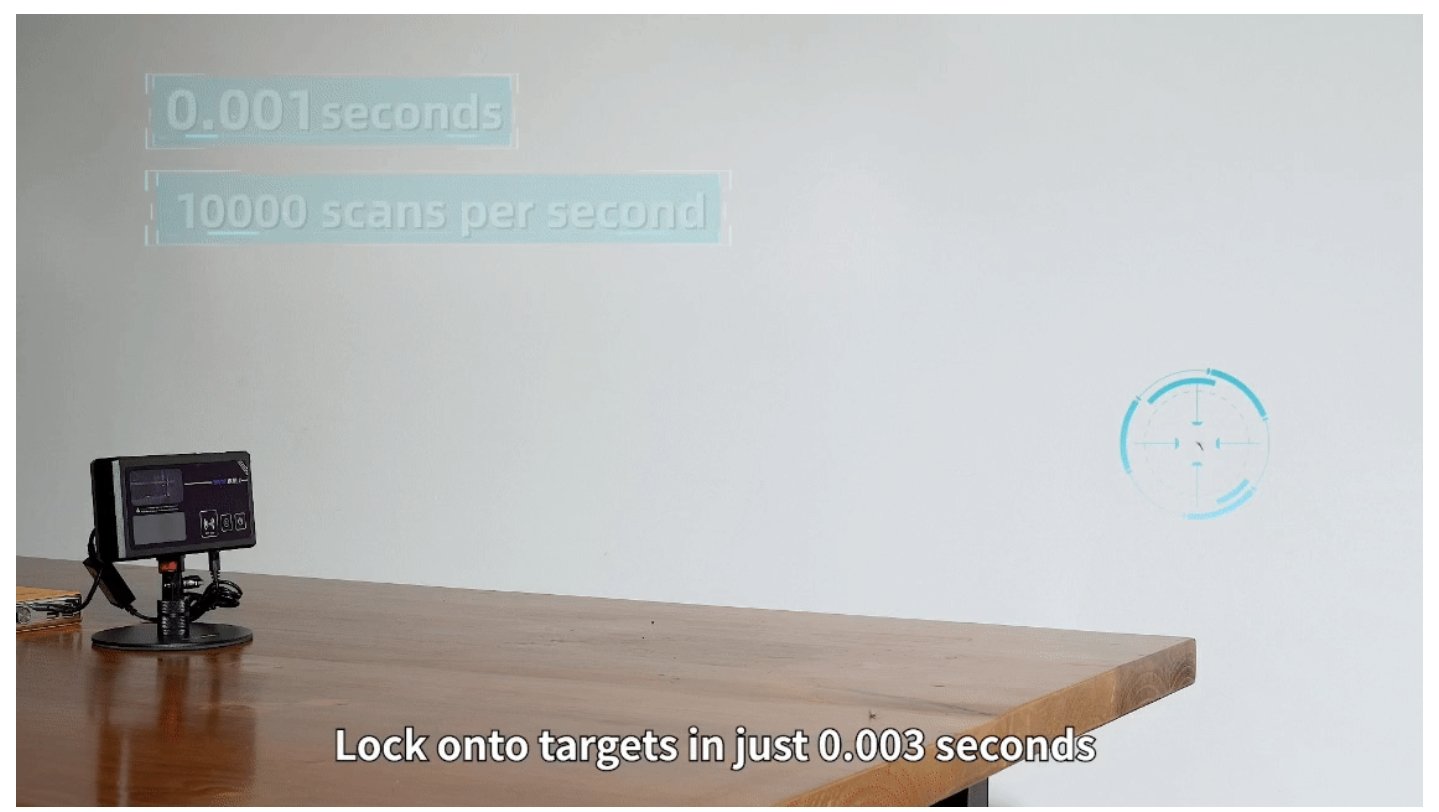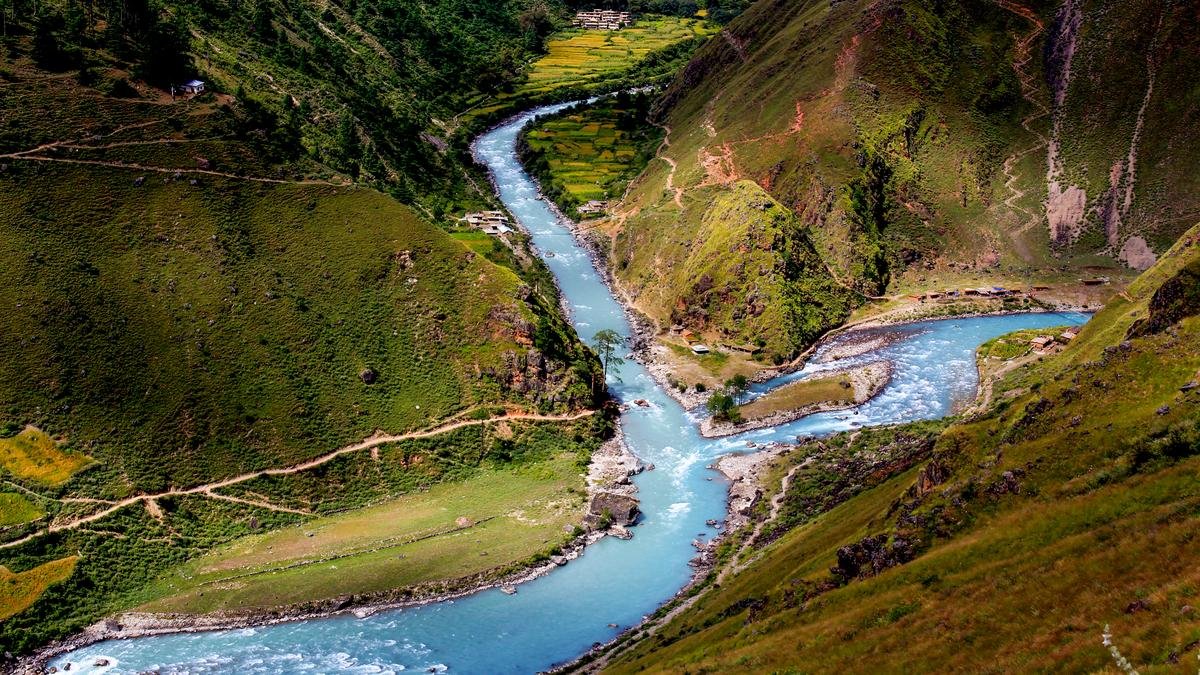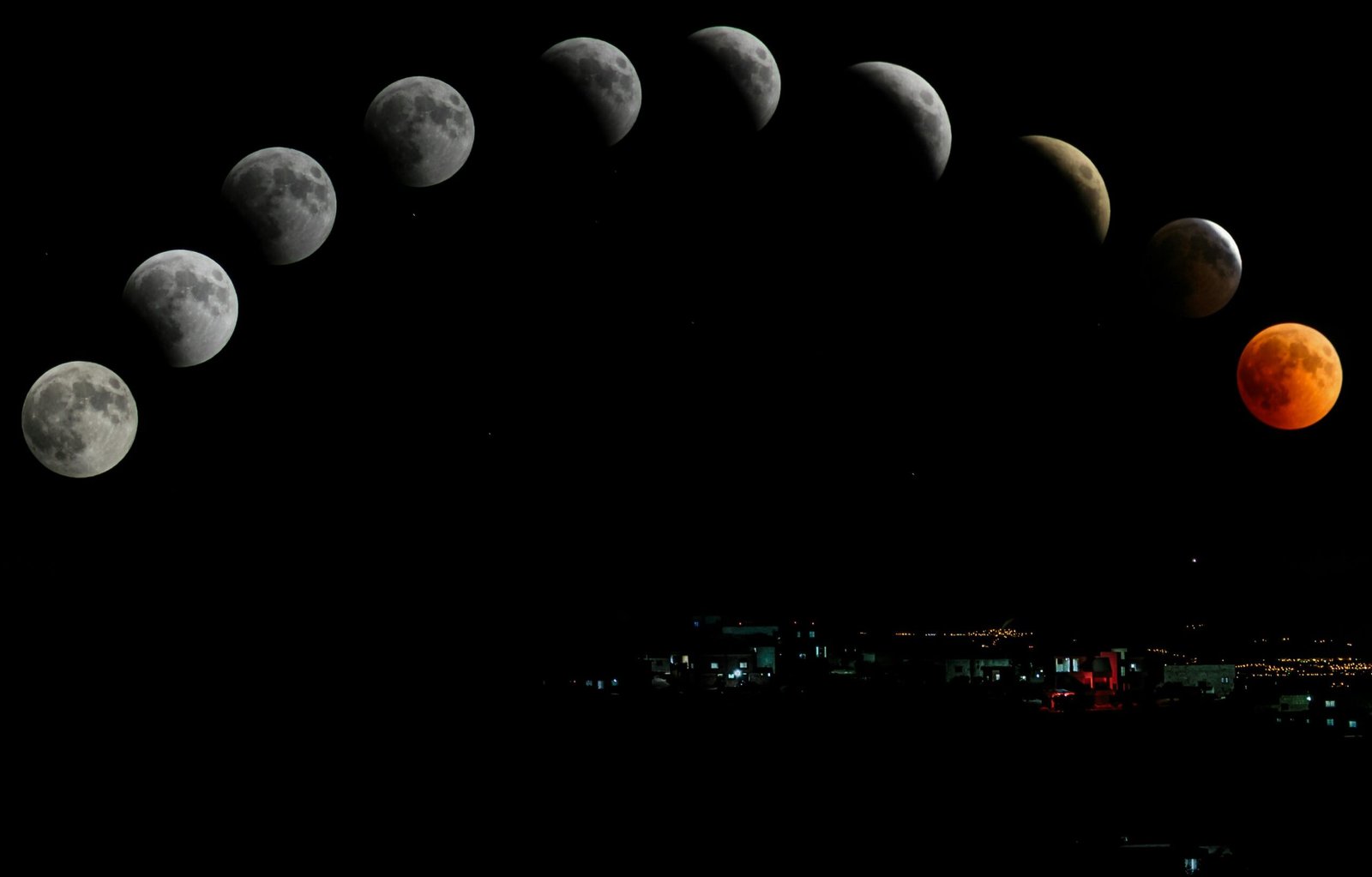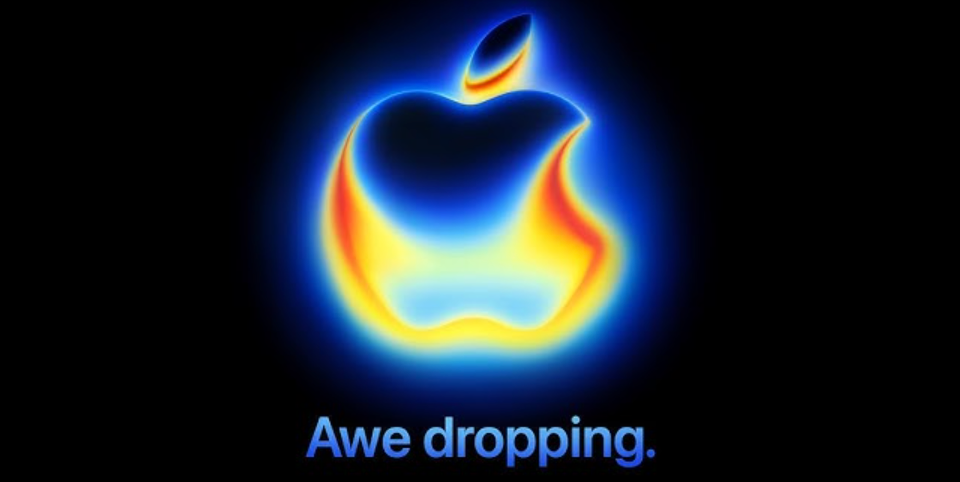
Earth’s temperature has spiked many times over millions of years—but today’s climate change is faster and more dangerous than ever before. Here’s why.
For over 4.5 billion years, Earth has experienced dramatic climate shifts—icy freezes, tropical heat, and everything in between. Yet, while the planet has often been warmer than it is today, never in its long history has it warmed this quickly. That, scientists warn, is what makes our current climate crisis so uniquely dangerous.
In a sweeping analysis of Earth’s past 485 million years, researchers have mapped how the planet swung between “icehouse” and “greenhouse” states. During greenhouse periods, average global temperatures soared as high as 36°C. In contrast, icehouse phases saw temperatures closer to 11°C. Today, our global average temperature hovers around 15°C—seemingly moderate by comparison. But unlike previous shifts, today’s warming is being driven not by volcanic eruptions or continental drift, but by human activity—and it’s happening at breakneck speed.
A Different Kind of Heat

What makes today’s situation stand out isn’t just how warm it’s getting—it’s how fast. Natural climate transitions in Earth’s history occurred over tens of thousands or even millions of years. But since the Industrial Revolution, we’ve seen a spike of nearly 1.6°C in just under two centuries. And most of that increase has happened in the past 50 years.
According to the latest climate models and fossil evidence, even past warm periods like the Paleocene-Eocene Thermal Maximum (PETM), which occurred about 56 million years ago, saw warming at a slower pace than what we’re witnessing now. During the PETM, carbon was released over thousands of years. Today, we’re releasing similar volumes in just decades.
This compressed timeline is what worries climate scientists the most. Life on Earth has adapted to slow changes—ecosystems, oceans, and weather systems have time to evolve or shift. But rapid change puts both nature and human societies in a precarious position.
Fossil Records Don’t Lie
The geological record reveals that in the past, high atmospheric CO₂ levels almost always corresponded with extreme global heat. These were also times when polar ice caps melted, sea levels rose dramatically, and biodiversity plummeted. For example, during the Cretaceous Period—when dinosaurs roamed—there were likely no permanent ice sheets, and sea levels were up to 200 meters higher than they are today.

In the modern era, atmospheric CO₂ concentrations have exceeded 420 parts per million—the highest in millions of years. And we’re seeing the same warning signs: record-breaking heat years (2023 and 2024 among the hottest ever recorded), intensified storms, vanishing glaciers, and stressed ecosystems.
Why It Matters Now
Earth has always recovered from past climate shocks, but that recovery took thousands or millions of years. Civilizations, however, are fragile. Infrastructure, agriculture, water systems, and energy grids are built for stability—not volatility.

If emissions continue unchecked, scientists warn that Earth could once again resemble a greenhouse world—one not experienced in tens of millions of years. But unlike before, there are now 8 billion humans living on the planet, with entire cities, coastlines, and food systems vulnerable to the effects of climate chaos.
Learning from the Past to Save the Future
The good news is that by understanding Earth’s deep climate history, we gain perspective—and a roadmap. We can recognize patterns, identify triggers, and learn what not to repeat.
Modern science gives us tools to reverse the trend: renewable energy, carbon capture, reforestation, sustainable agriculture, and international climate agreements. But acting quickly is key. The window to prevent irreversible change is small—and shrinking fast.
Earth has been hot before. But today, it’s racing toward that heat at a pace unlike anything in the fossil record. The question is no longer whether the climate is changing. It’s how we choose to respond—and whether we do it in time.
Sidharth
IIM Jammu








Leave a Reply